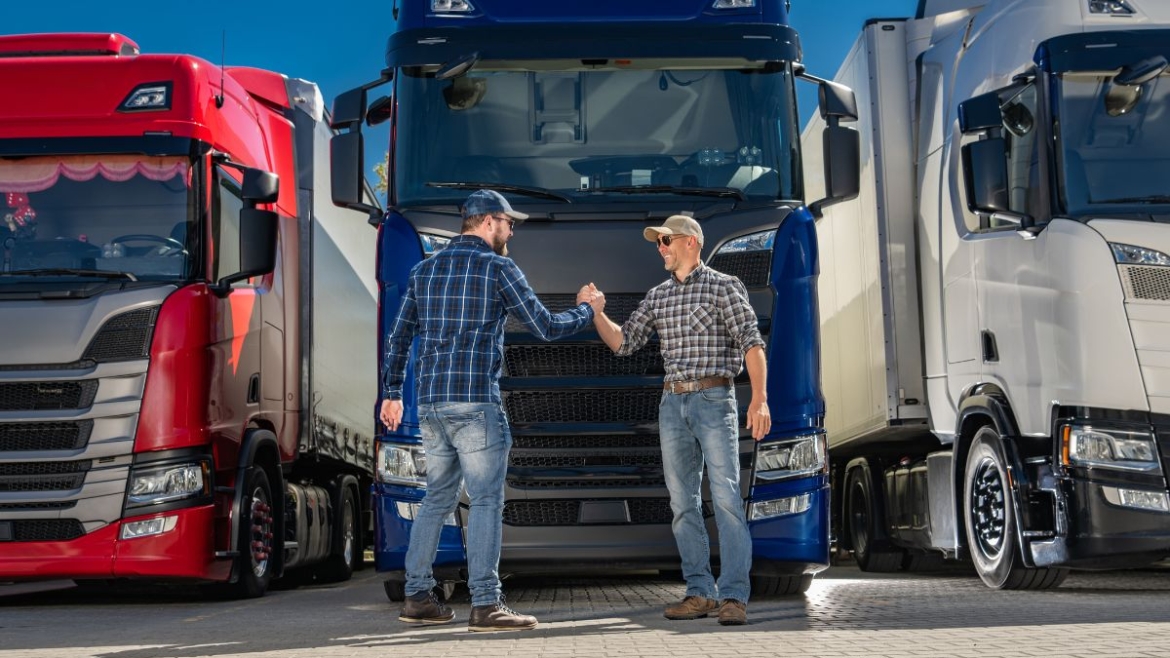AI may have once been merely a buzzword in logistics, but this is demonstrably no longer the case. Businesses are now using AI in many parts of their operations and supply chain practices. Trucking companies are particularly well suited to this approach, since they already have access to large swaths of data that can be used to get accurate AI model results.
Of course, having all that data won’t mean much if you don’t put it to use properly. Here are five examples of how AI can use your data to make your trucking company more efficient!
1. Freight Matching
Freight matching may be the best use case for AI in trucking. Not that long ago, brokers simply looked at the available capability and demand and matched the two manually. Now, you can use advanced AI algorithms to apply forecasting. This allows you to match freights based on both historical data and predictions on how capacity and loads might change in the future.
2. Chatbots
The advanced generation of chatbots allows you to ask questions and receive answers in real-time. For instance, if you wanted to know what it would cost to send a load tomorrow instead of Wednesday from Tennessee to Dallas, AI has got you covered. You can also use chatbots for developing reports by asking questions about profitable lanes or top customers.
3. Fraud Prevention
AI can help trucking companies mitigate fraudulent transactions with unmatched precision and speed. Since AI can analyze data in real-time, it can continuously identify changes in fraud techniques that may lead to false declines. AI models also collect data on customer purchasing habits, making it easier to identify if someone is disputing a legitimate charge.
4. Quoting
In most sectors, customers can check prices or get instant quotes online. In trucking, this hasn’t been the case up until fairly recently. Now, you can do things like use large language models to identify quote requests in emails. Then, you can use generative AI to read the email and respond with a quote, potentially repeating this process thousands of times per day.
5. Trailer Management
If your fleet is rapidly growing in size, AI can help you manage it more efficiently. For example, you can have AI models get data from shipping orders and use that to decide where your trailers should be located. Without the help of AI, you run the old risk of paying for a bunch of empty trailers that are also spread out in the wrong places.
Want to make the most of the data your business is already collecting? AI has moved beyond the buzz—it’s now a practical, results-driven tool for improving efficiency, reducing costs, and optimizing logistics. At MONA Payment Solutions, we’re helping forward-thinking trucking companies integrate smarter solutions across their operations. Ready to explore how AI can drive results for your fleet? Let’s talk about the tools and strategies that make it possible.

